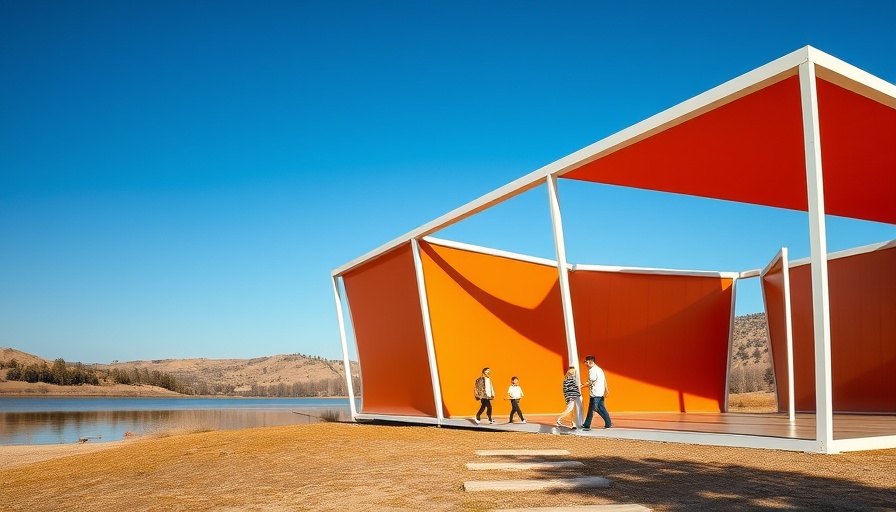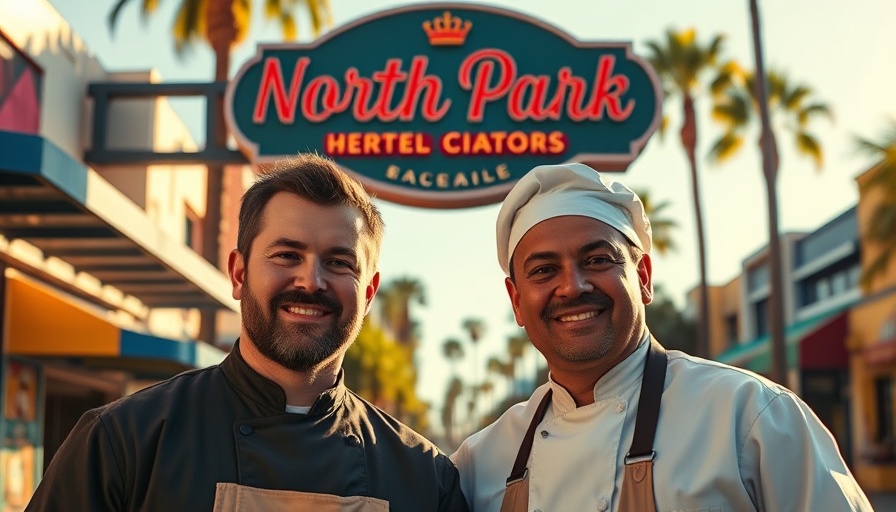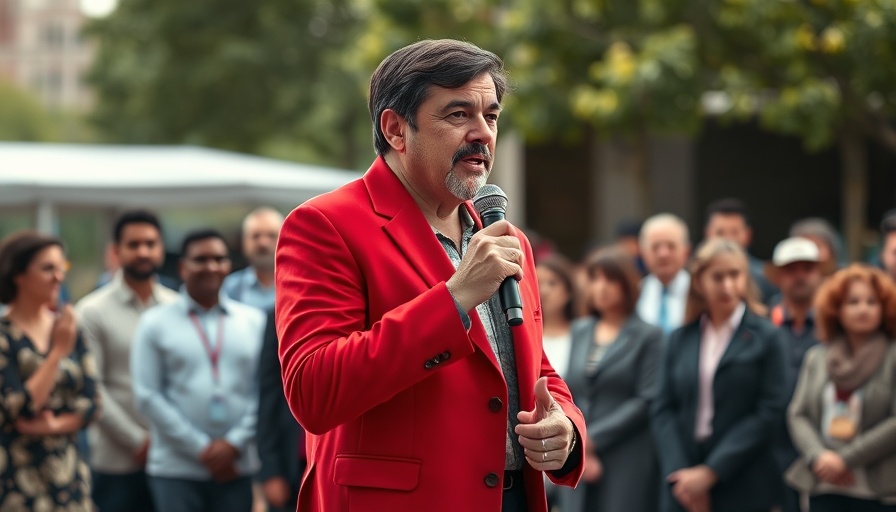
Unearthing a Cross-Border Legacy: The Pavilion Controversy
The recently relocated pavilion, now dubbed Pabellón José Galicot Behar, in Tijuana’s Esperanto Park has sparked a robust dialogue surrounding recognition, collaboration, and cultural identity in the San Diego-Tijuana region. Originally built as the EXCHANGE Pavilion to honor the region’s status as a World Design Capital, it serves as a striking symbol of binational cooperation—yet its journey has not been entirely celebratory.
The Heartfelt Origins of a Design Masterpiece
In a unique collaboration, a design team comprising architects and artists from both sides of the border poured their passion into creating a space that speaks to the values of cross-border collaboration and ingenuity. The pavilion, funded with a notable $300,000 from the city of San Diego, was conceived not just as a structure but as a lasting celebration of both cities' culture and spirit. Architect Barbara Leon expresses the sentiment deeply felt by the design team, saying, “We put all our hearts and souls and minds into it.”
A Celebration Turned Controversial
However, the recent inauguration has left designers and supporters disheartened. While Baja California Governor Marina del Pilar Avila emphasized the efforts of the design team in her remarks, the absence of formal recognition on a newly installed plaque has led to discontent. As expressed by Tijuana artist Daniel Ruanova, “One of the things that concerns me is that the story of why this pavilion exists does not get told.” This raises pertinent questions about acknowledgment in collaborative binational initiatives and the narratives that shape our public spaces.
A Deep Dive into Historical Context
The journey toward the pavilion's realization began back in 2021 when San Diego and Tijuana became the first cross-border cities to earn the World Design Capital title. Supported by a coalition of local organizations including the UCSD Design Lab and the Burnham Center for Community Advancement, the nomination symbolized a commitment to fostering unity and shared culture. The story behind the pavilion is tied intricately to this designation, now threatened by what many perceive as erasure of its origins.
The Ambiguities of Public Art Presence
Public art should ideally be a platform that fosters dialogue and honors its creators. However, in this instance, the lack of credit raises concerns about the potential for cultural appropriation or oversights that could diminish the voices of the artists and architects involved. For the community, this serves as a reminder that the visibility of public art is intimately connected to how its creators are acknowledged. This battle for recognition becomes symbolic of a larger struggle for identity within the San Diego-Tijuana region.
What This Means for San Diego Residents
For San Diego residents, this pavilion embodies more than mere architecture; it encapsulates the spirit of cooperation and shared purpose that defines the region’s cultural narrative. Understanding the implications of its unveiling without proper credit paves the way for more profound discussions centered around cultural heritage, design responsibility, and community legacy. As stewards of their urban spaces, citizens should advocate for transparency and inclusivity in how these initiatives unfold.
What’s Next for the Pavilion?
The path forward remains unclear as conversations among the design team and the local communities continue. Residents are encouraged to actively engage in local discussions surrounding art and design, promoting the notion that public spaces belong to the community as much as they belong to their creators. Building a dialogue surrounding the responsibility of local governments to credit contributions accurately can foster a healthier, more collaborative environment for future public art projects.
The role of public art in our communities is more than aesthetic; it's about connection, history, and representation. By sharing this story, residents can influence how cultural narratives are constructed in shared spaces, ensuring that every voice is recognized and valued. As this conversation unfolds, community involvement will be crucial in shaping the future landscape of public art across San Diego-Tijuana.
 Add Row
Add Row  Add
Add 




Write A Comment